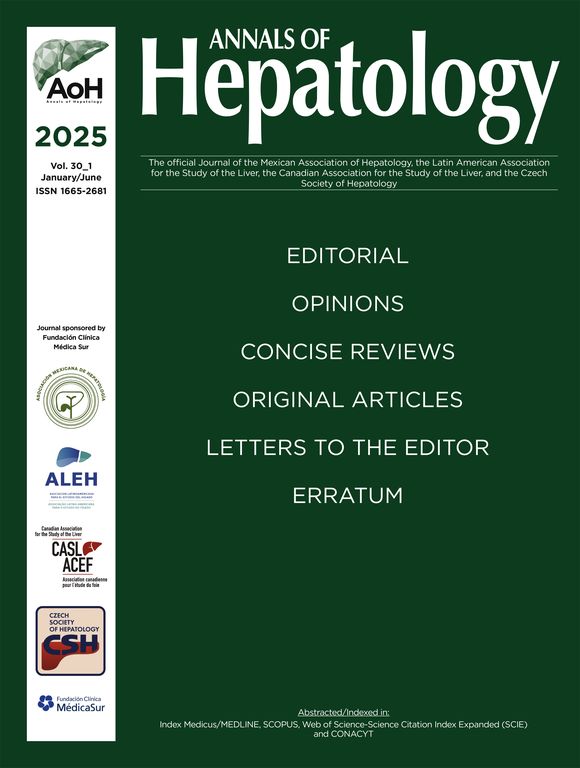
Abstracts of the 2024 Annual Meeting of the ALEH
Más datosNo
Introduction and ObjectivesPatients who meet both MASLD (Metabolic dysfunction-associated steatotic liver disease) and alcohol-related fatty liver disease (ALD) criteria are categorized as having MetALD (Metabolic and alcohol-related liver disease) and its damage is characterized by metabolic dysfunction, gut dysbiosis and liver inflammation, resulting in steatosis and fibrosis. Methyl group donor supplementation in MASLD demonstrated metabolic benefits; we expect to corroborate those effects in MetALD and look for microbiota changes induced by methyl availability.
Patients / Materials and MethodsTwenty-four C57BL/6J male mice (25 ± 2g) were randomly assigned to 1) Control group (ND n=8); 2) MetALD (20% ethanol in water + 45% fat diet); 3) MetALD + MetMix (MetALD + methyl donors: methionine, betaine, zinc sulfate, choline, B9, B6 and B12). Each group maintained their respective diet/supplementation for 20 weeks. Liver, epididymal fat and body weight were weighted at sacrifice and liver enzymes, adipokines and lipid profile were measured on serum. Histopathological evaluation was performed on liver, adipose and colon tissues. Gene expression of IL6 and TNF-α was analyzed, while 16S rRNA gene sequencing in fecal DNA assessed gut microbiota.
Results and DiscussionMethyl donor supplementation decreased (p<0.05) body and epididymal fat weight, and reduced cholesterol, HDL, and LDL serum levels. A reduction (n.s.) in AST, ALT, TG, VLDL, insulin, leptin, glucagon, and resistin, and the mRNA levels of IL-6 and TNF-α were also observed. Hepatic steatosis and adipocyte area revealed a significant decrease (p<0.05) in MetALD + MetMix group. Intestinal crypts tended to be restored in length, similar to the control group. Microbiota Beta diversity was comparable between groups, while alpha diversity and Firmicutes/Bacteroidetes ratio showed a trend towards increase due to Firmicutes enrichment following supplementation.
ConclusionsMethyl donor supplementation improved body weight and lipid profile and reduced liver steatosis and adipocyte area, boosting the abundance and diversity of gut microbiota.








